The struggle for gender equality is more perplexing than most forms of oppression struggles in that women and men are relatives and as such one cannot exist without the other. Notwithstanding in conflict situations, we can get so consumed by our vested interests that we sometimes forget what it is for. So, what is gender equality for and how do we find our common ground for peace?
Equality means ensuring that every individual has an equal opportunity to make the most of their lives and talents. It promotes good health, reduces suffering, is part of a fair society, it is treating people with respect, and ultimately anchors on the value of freedom from violence.
The hard-won gender equality victories led by courageous activists advocating for law reforms that gave women the vote and to hold elected office should remind us this work worth continuing in that:
- Global growth has increased with increased participation of women at work.
- Countries that are leading on the World Economic Forum Gender Gap Index like Iceland, Sweden, Finland are reaping high social and economic outcomes of happiness and peace.
- Rwanda high participation of women in the labour market of 86% compared to the United States at 56%[1] shows results of reduced poverty rate, increased education, health, wellbeing of families and communities.
- Annual economic losses due to gender gaps in the labour force have been estimated at USD 60 -95 billion for the Africa region.[2]
- Many of us will confirm homes that recognise the rights of both women and men are happier, healthier, peaceful and more prosperous.
This sounds like an aspiration we should all be striving towards – why are we struggling to meet the humane aspirations of gender equality.
Concern for action
The 2019 SDG Gender Index finds that, with just 11 years to go until 2030, nearly 40 percent of the world’s girls and women – 1.4 billion – live in countries failing on gender equality. Another 1.4 billion live in countries that “barely pass”. Overall the index finds that the world is furthest behind on gender equality issues related to public finance and better gender data (SDG 17), climate change (SDG 13), gender equality in industry and innovation (SDG 9), and the standalone “gender equality” goal (SDG 5). All of these are crucial and systemic issues that cut across many if not all dimensions of girls’ and women’s rights and well‐being. [3]
While at least 144 countries have passed laws on domestic violence, and 154 have laws on sexual harassment, however, this does not mean they are always compliant with international standards and recommendations or even implemented. UN WOMEN’s Generation Equality aims to arrest the war of the sexes in the global data that:
- 35 per cent of women have experienced physical and/or sexual violence in their lifetime
- 47 per cent of murders of women are committed by an intimate partner or family member, compared to less than 6 per cent of murders of men.
African symbols of peace making
Gender inequality is as perplexing as it is complex and as such, multiple responses and approaches are required from the political, legal and community. The technical and professional work done by human rights and gender activists and practitioners challenge the powers that be on the political and law-making front help put policies and laws that protect and safeguard civil co-existence. Our current challenge as noted earlier, are implementation gaps, challenges and failures and sometimes low political will.
Given the dire situation we are faced with, it feels like we need to intensify community and family respond and prevent all forms of harm through peace making. Our painful African history of oppression and proverbs which many of our younger generations many not be familiar with are worth a recall. The Ghanaian Adinkra Symbols all manner of virtues to guide a peaceful and harmonious existence.
- Fawodie – independence, freedom and emancipation

For our recent history of oppression and non-freedoms for both women and men through institutionalised racism experienced in apartheid South Africa, slavery in West Africa and the Pan-African struggles for freedom and equality from colonialism, which made one race dominate others, should hold valuable lessons for us in dealing with inequality, domination and oppression of freedoms. Fawohodie symbolises independence, freedom, emancipation and further that independence comes with responsibility. We can model the freedom of independence from oppression for gender equality.
- Sankofa – encouragement to learn from the past

It is said prevention is better than cure and given all of the victims and perpetrators of the gender-based violence are born and made in homes, surely, it must be from homes that we can start to work in earnest to intensify prevention measures. On this is it worth asking what is going wrong in the homes – what system of accountability and care have we left by the wayside and whose responsibility is it to bring it back? The Sankofa remind us to learn from the past and literally translates, ‘go back and fetch it’.
- Ese ne tekrema – although we are different we complement each other

Interdependence is what our entire existence is about and basis of sustainability. We know if we want to achieve any great and sustainable human endeavour, we are less likely to succeed alone. The ‘ese ne tekrema’ tongue and the teeth symbol reminds us that while we are different and play different roles in the mouth, one cannot function well without the other. They may come into conflict, but they need to work together.
- Asase ye duru – the earth can sustain life

Nature has a lot to teach in time of struggle – it is regenerative and cyclical, as in the seasons and it is self-correcting thus, the gender revolution upon us could be a symbol of the need to correct the imbalance of domination. The Asase ye duru – means the earth has weight symbolises the importance of the Earth in sustaining life.
- Mpatapo – symbol of reconciliation

In all forms of conflict and finding each other in relationships communication is key. The challenge is how do we develop the skills to communicate ways that educates and transforms our heart and minds. This is a skill worth investing in. In many African cultures difficult conversations are encouraged to be held early in the morning because this is when tempers are lowest and hardest to get angry. I am also struck by how peaceful we become when we feel listened to and most importantly feel heard. Being heard is a function of listening with care and empathy. Communication could be a big part of resolving the gender conflict. The mpatapo symbolise represents the bond or knot that binds parties in a dispute to a peaceful, harmonious reconciliation.
As the poet Rumi reminds us ‘out beyond the ideas of right-doing and wrongdoing, there is a field I will meet you there’. In this field, women and men as families have many conversations to be had to understand, ignite compassionate nature to find each other.
We can move faster when we own and take responsibility for problems we face as society – this is a collective problem that can be tackled through individual and collective action. As individuals, let’s reflect on modelling oppressive practices we have overcome. As collectives let’s work to model more of what we want to see in the world and remember there is more good relationships than bad to model. Our nature is peace so let’s recall and ignite the cycle of peaceful co-existence.
By Korkor Cudjoe (Women Economic & Social Advancement Specialist, Ubuntu and Healing Practitioner)
[1] https://www.weforum.org/agenda/2017/05/how-rwanda-beats-almost-every-other-country-in-gender-equality/
[2] African Economic Outlook, 2016.
[3] https://data.em2030.org/wp-content/uploads/2019/05/EM2030_2019_Global_Report_ENG.pdf



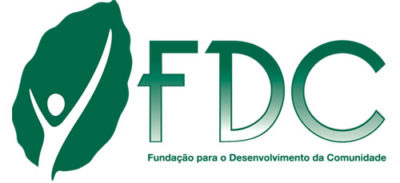
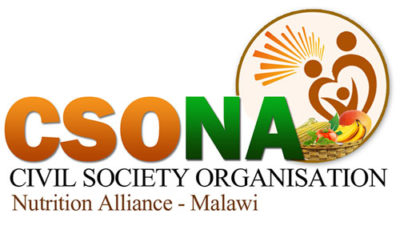
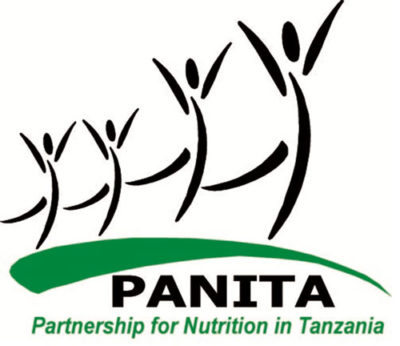
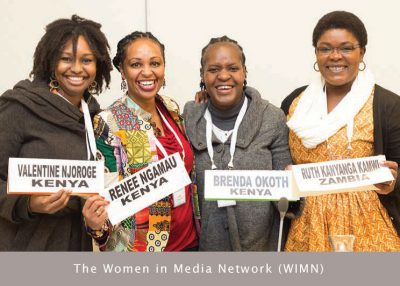
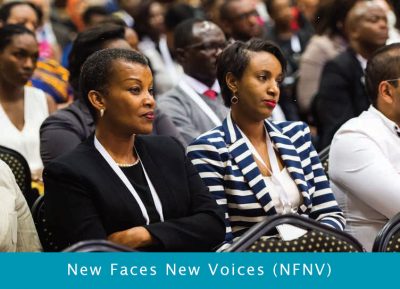
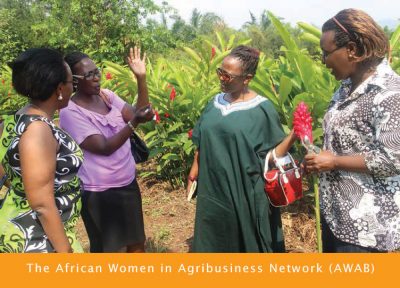
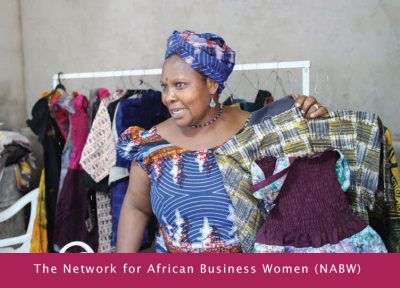
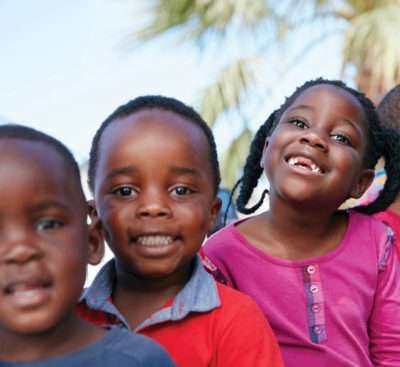 The Trust supports and mobilises civil society networks on issues of ending child marriage, ending violence against children, ending female genital mutilation and promoting children’s rights, to carry out advocacy and action across Africa. Special focus is placed on Malawi, Mozambique, Tanzania and Zambia where child marriage continues to be a problem largely driven by poverty, gender inequality, harmful traditional practices, conflict, low levels of literacy, limited opportunities for girls and weak or non-existent protective and preventive legal frameworks.
The Trust supports and mobilises civil society networks on issues of ending child marriage, ending violence against children, ending female genital mutilation and promoting children’s rights, to carry out advocacy and action across Africa. Special focus is placed on Malawi, Mozambique, Tanzania and Zambia where child marriage continues to be a problem largely driven by poverty, gender inequality, harmful traditional practices, conflict, low levels of literacy, limited opportunities for girls and weak or non-existent protective and preventive legal frameworks.




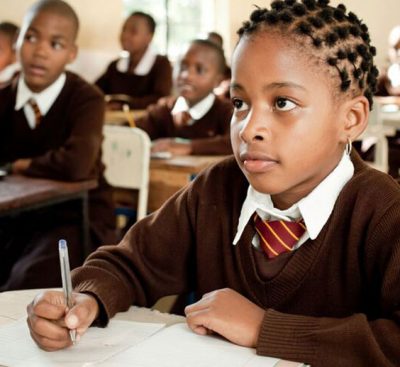 Education is a fundamental right for all children, which is also a vehicle for social, economic and political transformation in communities, countries and the African continent at large. Recent studies indicate a lack of progress in some of the critical commitments aimed at improving education quality, access, retention and achievement, particularly for girls. In most African countries, girls may face barriers to learning, especially when they reach post-primary levels of education. By implementing multi-dimensional approaches to education which includes core education, personal development, life skills and economic competencies, the Trust partners with funding partners, governments, civil societies and the private sector to improve education access.
Education is a fundamental right for all children, which is also a vehicle for social, economic and political transformation in communities, countries and the African continent at large. Recent studies indicate a lack of progress in some of the critical commitments aimed at improving education quality, access, retention and achievement, particularly for girls. In most African countries, girls may face barriers to learning, especially when they reach post-primary levels of education. By implementing multi-dimensional approaches to education which includes core education, personal development, life skills and economic competencies, the Trust partners with funding partners, governments, civil societies and the private sector to improve education access.

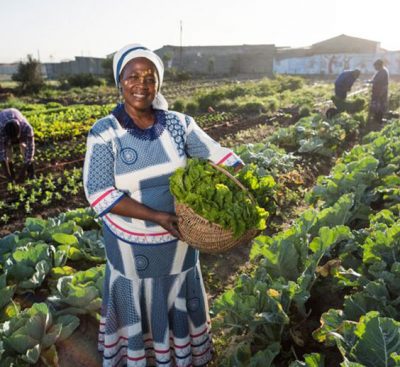 The Nutrition and Reproductive, Maternal, New-born, Child and Adolescent Health and Nutrition, (RMNCAH+N) of the Children’s Rights and Development Programme aims at promoting the Global Strategy for women, children and adolescents’ health within the Sustainable Development Goals (SDG) agenda. The strategy emphasises on the importance of effective country leadership as a common factor across countries making progress in improving the health of women, children and adolescents.
The Nutrition and Reproductive, Maternal, New-born, Child and Adolescent Health and Nutrition, (RMNCAH+N) of the Children’s Rights and Development Programme aims at promoting the Global Strategy for women, children and adolescents’ health within the Sustainable Development Goals (SDG) agenda. The strategy emphasises on the importance of effective country leadership as a common factor across countries making progress in improving the health of women, children and adolescents.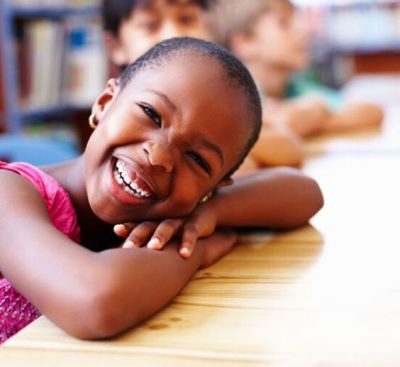 Through its Early Childhood Development (ECD) plan, The Trust will seek to put into action the new science and evidence Report that was presented by Lancet Series on Good and early development – the right of every child. This will be achieved by mobilising like-minded partners to contribute in the new science and evidence to reach all young children with ECD. The Trust’s goal is to be a catalyst for doing things differently, in particular, to rid fragmentation and lack of coordination across ECD sectors. In response to evidence showing the importance of political will in turning the tide against the current poor access and quality of ECD. Even before conception, starting with a mother’s health and social economic conditions, the early years of a child’s life form a fundamental foundation that determines whether a child will survive and thrive optimally.
Through its Early Childhood Development (ECD) plan, The Trust will seek to put into action the new science and evidence Report that was presented by Lancet Series on Good and early development – the right of every child. This will be achieved by mobilising like-minded partners to contribute in the new science and evidence to reach all young children with ECD. The Trust’s goal is to be a catalyst for doing things differently, in particular, to rid fragmentation and lack of coordination across ECD sectors. In response to evidence showing the importance of political will in turning the tide against the current poor access and quality of ECD. Even before conception, starting with a mother’s health and social economic conditions, the early years of a child’s life form a fundamental foundation that determines whether a child will survive and thrive optimally.